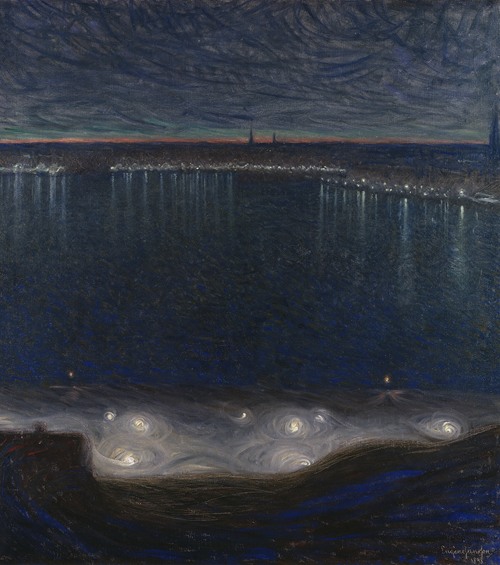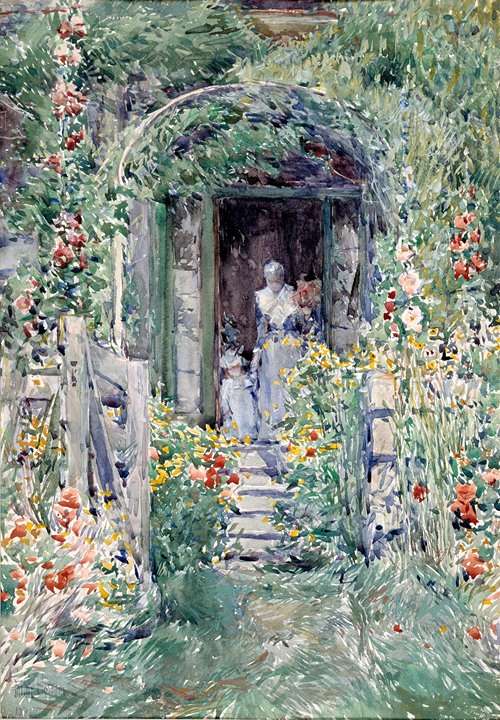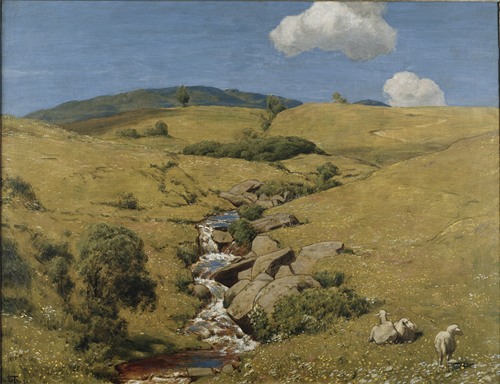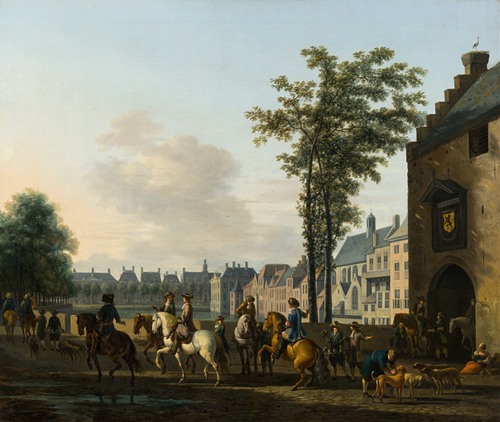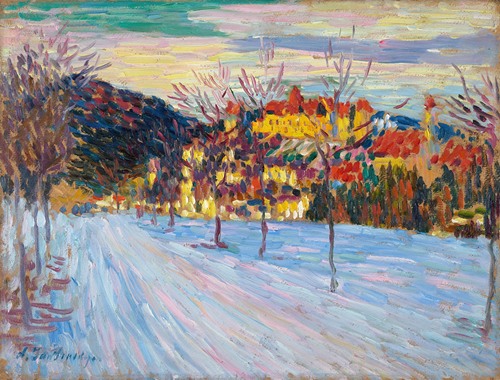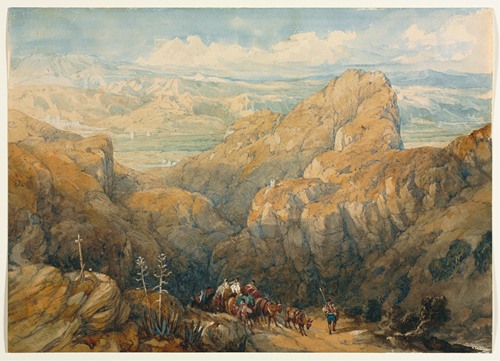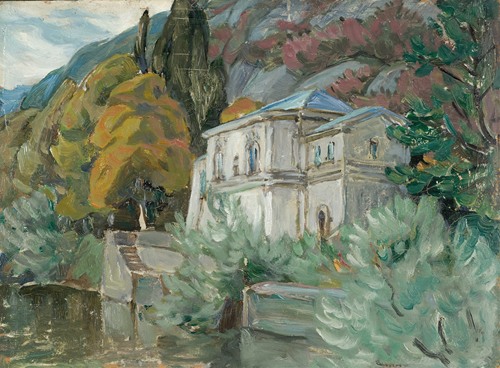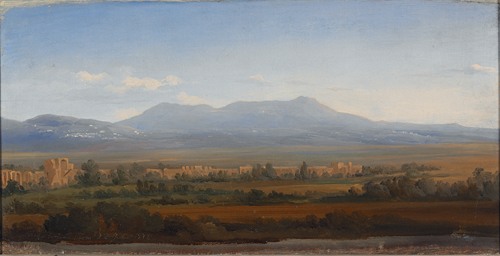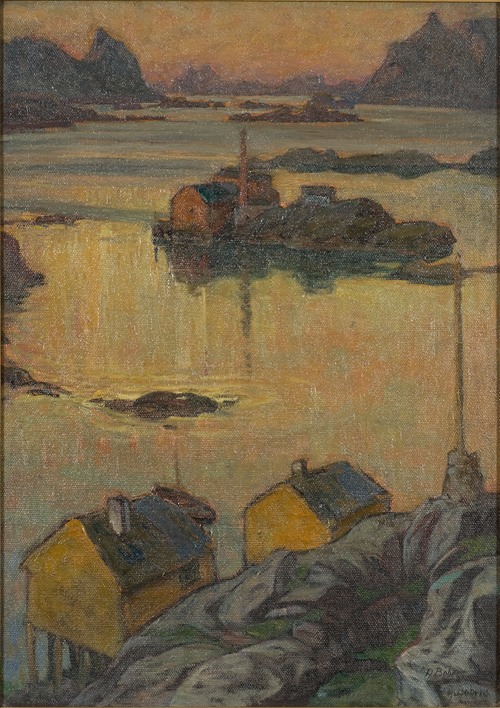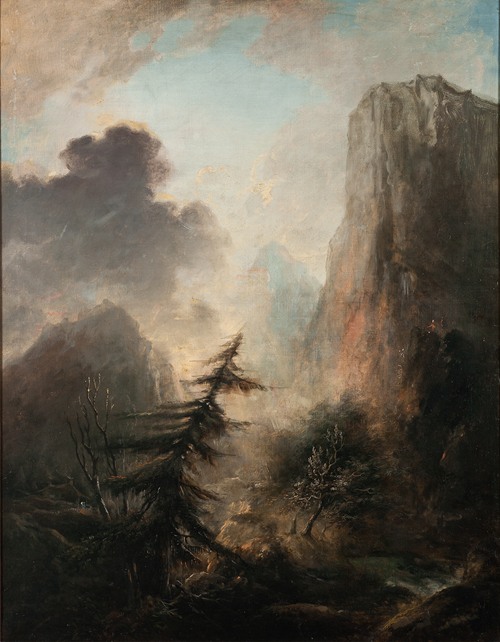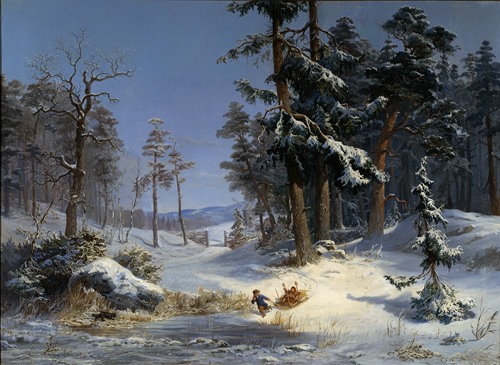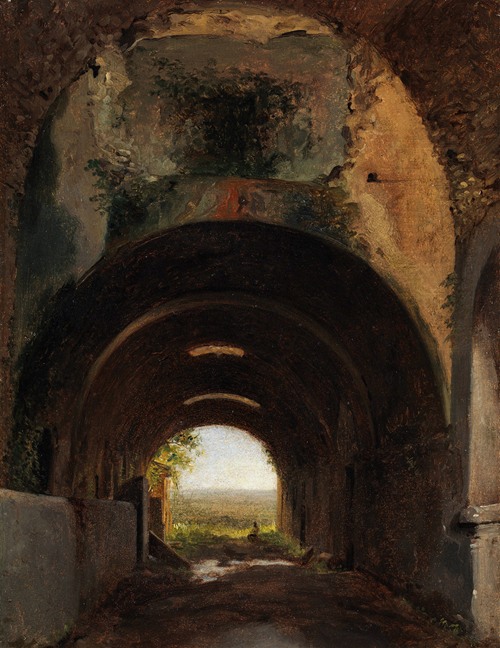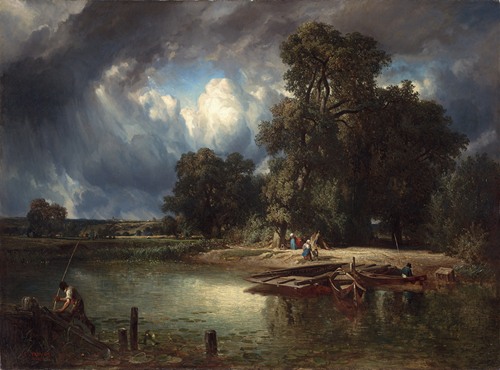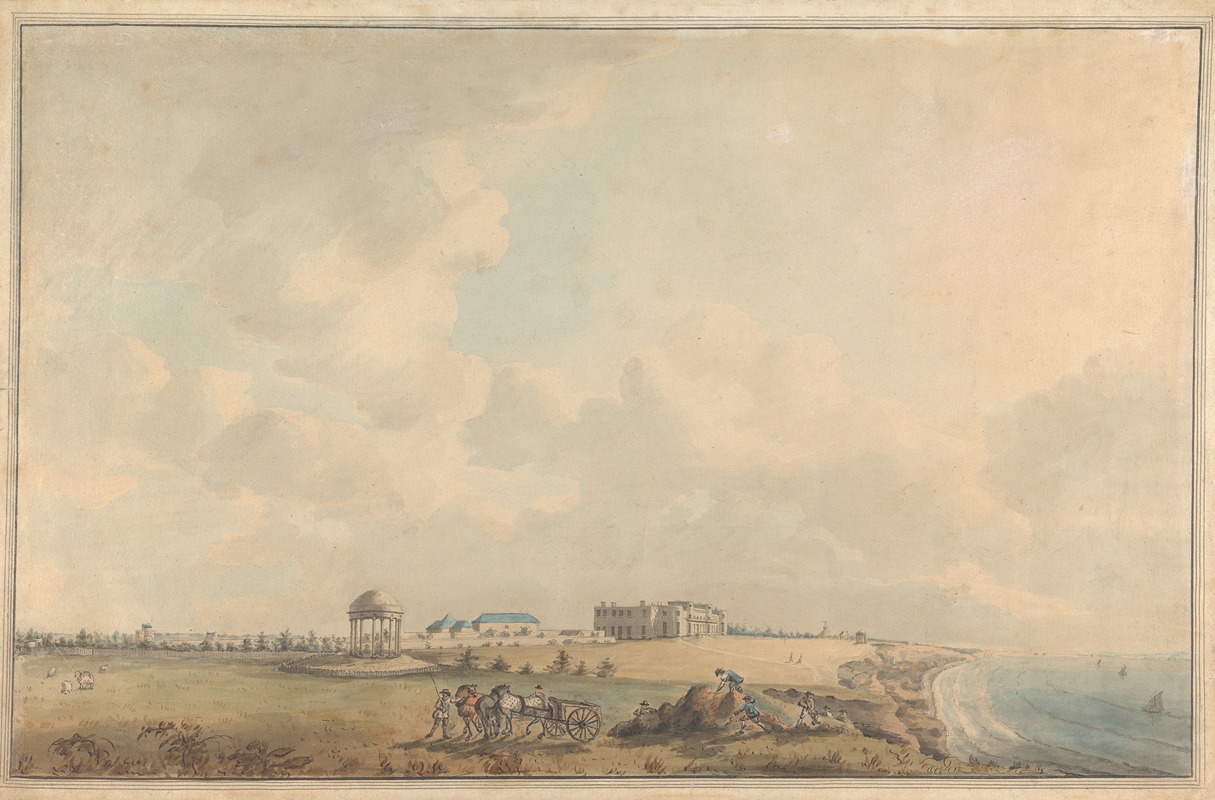
The Scottish artist Adam Callander was the third boy in a family of 17 siblings. His father, John Callander (d.1789), worked as a lawyer and antiquary in the Craigforth neighbourhood of Stirling. Where Adam received his artistic training is unclear, although he may have taught himself by copying other artists' work. He remained a prolific copyist all his life, reproducing Old Master works, including seventeenth-century Dutch maritime scenes, and works by prominent British artists such as Reynolds and Hogarth. Callander settled in London. From 1780 to 1811 he showed 51 works at the Royal Academy of Arts and 10 at the British Institution, mostly landscape drawings and watercolours. The variety of locations depicted – Scotland, Tenerife, the Cape of Good Hope and Mount Vesuvius – suggest he either travelled widely or worked from topographical prints.
